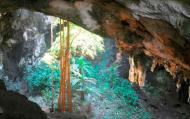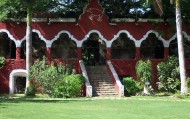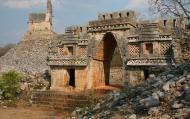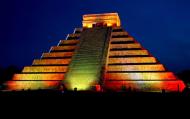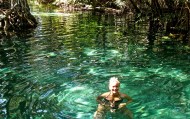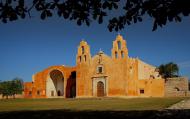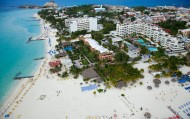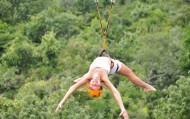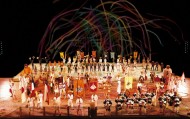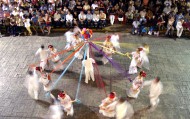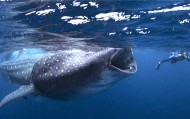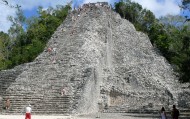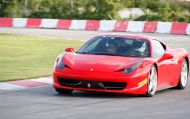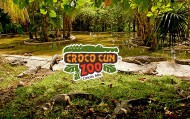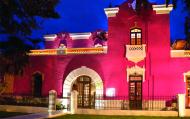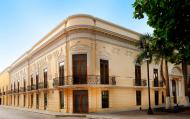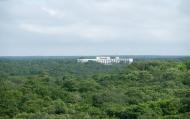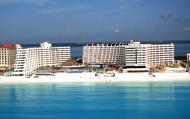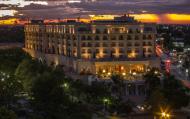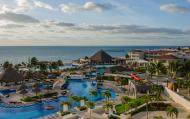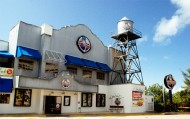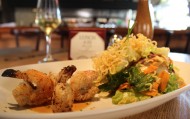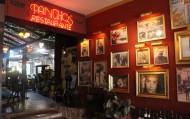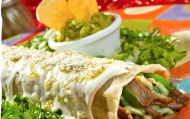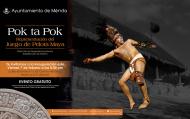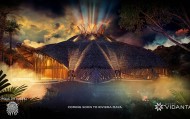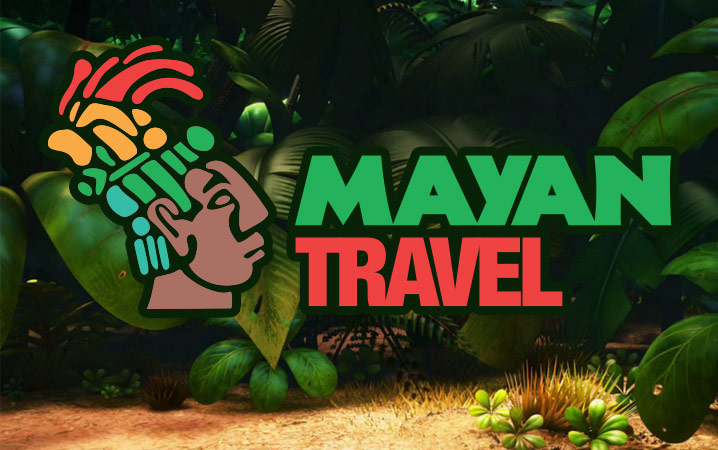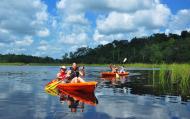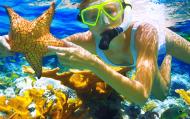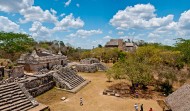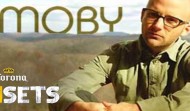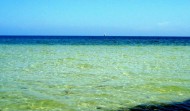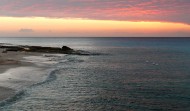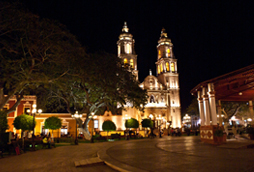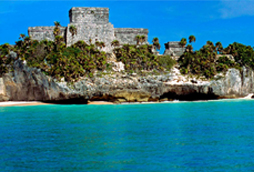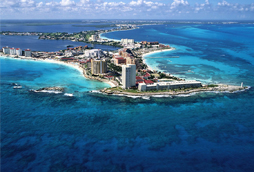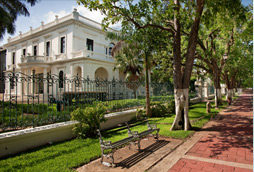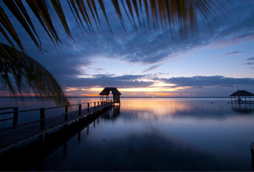| Manà |
ArtÃculos mas leÃdos
ManÃ
Lugar donde todo pasó.
Sobre la fundación de ManÃ, "lugar donde todo pasó", no hay datos exactos, pero se sabe que existe desde la colonización. En la época prehispánica fué cacicazgo de Manà de Tutul Xiu y fue centro ceremonial donde se enviaban ofrendas para el festival anual en honor a Kukulcán.
Mas información
Después de la destrucción de Mayapán, Manà fue uno de los cacicazgos en que quedó dividida la penÃnsula con Tutul Xiu como su señor; de allà la leyenda sobre su nombre "todo pasó". Fue este cacique quien estableció la alianza con Montejo contribuyendo al éxito de la conquista. El convento de Manà fue el tercero en fundarse en 1549 ysu advocación fue San Miguel Arcángel cuya escultura luce en el frontal central de la fachada. En la historia de Manà se habla de un famoso y triste "auto de fé" celebrado por los franciscanos bajo el mando de fray Diego de Landa, a causa de la idolatrÃa del pueblo maya. El auto de fe de Manà fue un suceso ocurrido el 12 de julio de 1562, en el que fueron incinerados un número considerable de imágenes de culto, objetos sagrados y códices de la cultura maya. Fue la conclusión de un proceso inquisitorial iniciado como se ha mencionado anteriormente por Diego de Landa con el apoyo del alcalde mayor contra los indÃgenas que mantenÃan un adoratorio clandestino en la región. Hoy en dÃa manà es un pueblo tranquilo, cuando se le visita es casi imposible dejar de mirar su belleza que conserva desde su construcción hasta la actualidad ya que tiene el aspecto de una gran fortaleza. Ahora, podemos encontrar una pintoresca población que conserva sus costumbres mayas y su esencia colonial, la cual podemos observar y apreciar en las fachadas de los edificios que se conservan desde la colonización.Â
Ubicación y Actividades
ManÃ,Yucatan. Historia y GastronomÃa.
Como llegar
Este municipio tiene varios accesos, una por la antigua carretera a Chetumal desviándose en la ciudad de Ticul y pasando en el municipio de Dzan, alcanzando la altura del municipio de Oxkutzcab que se encuentra a 10km. Del lugar, otro acceso es en la carretera ?Ruta de los Conventos.?
Recomendaciones e Información
También puede aprovechar y comer en el famoso y muy emblemático restaurante de comida tÃpica "El principe Tutul Xiu", donde podrá degustar del famoso platillo llamado "Poc Chuc".
Servicios
Restaurantes, Farmacias, Iglesias, y servicios generales.
Sitios Cercanos de Interés
A unos escasos 100mts. Se encuentra el Cenote XCabachen en donde el PrÃncipe Tutul Xiu AdquirÃa del lÃquido vital (agua) junto con toda su gente después de la Batalla que tuviera con los Cocom.


